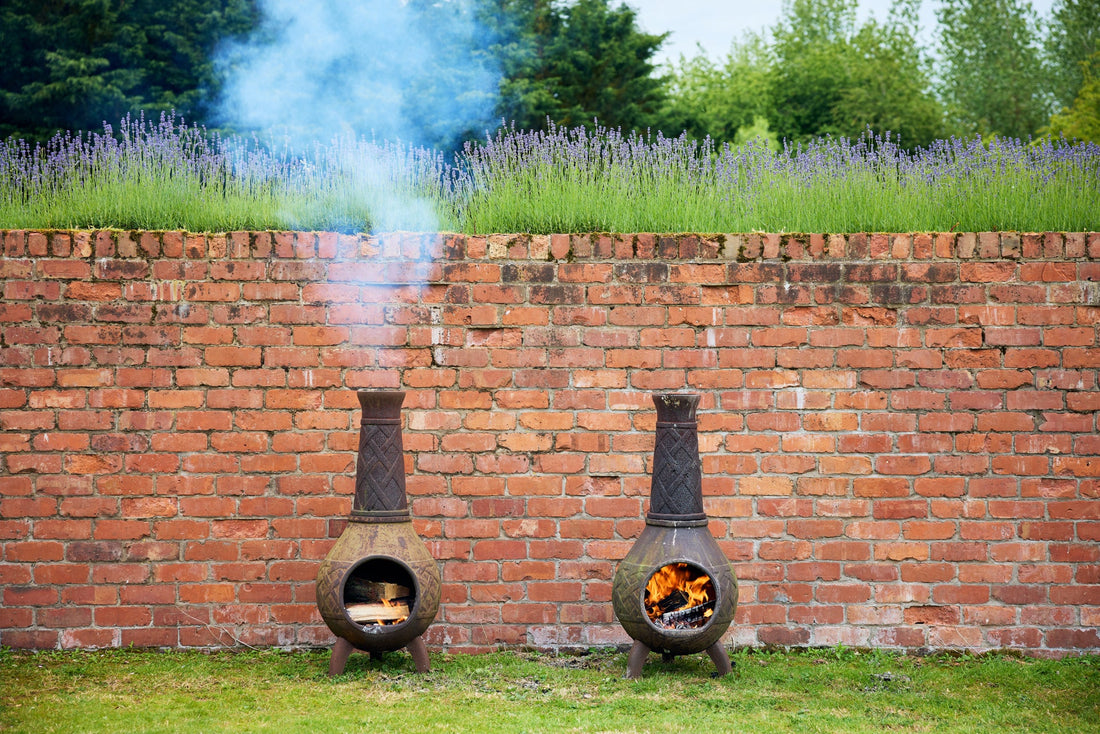
Wet Wood Versus Ready to Burn Kiln Dried Logs
Share
We all love a bargain and sometimes the allure of collecting branches from our local wood or buying a cheap bag of logs from the garage appeals to the Scrooge in us. However, buying wet wood really is a false economy and as Ready to Burn, kiln dried logs will save you money and your sanity in the long run. Here’s why:
Trying to get wet or non-seasoned logs to catch light will prove to be a frustrating art form in its own right. So much of the fuel’s energy will be spent trying to get rid of the moisture in the wood, that very little heat will be emitted – instead there will be plenty of steam and spitting (from you as well as the fire itself). You’ll find the need to constantly add more wood to try to generate any sort of warmth and, more often than not, the fire will splutter to a premature demise.
What is Wet Wood?
It should be a simple question to answer, but the standard for ‘dry wood’ is often misunderstood so where do we start?
When a tree is harvested it is likely to have a moisture content of approx. 50-80% depending on species. An example for the extremes would be poplar or willow which likes to grow in wet conditions and will have a fresh cut moisture content of 80+%. However, ash, which is often viewed as a wood that can be burnt green, will have a fresh cut moisture content of nearer the 50% mark.
The process of natural seasoning, through air drying, reduces the moisture content over a period of years, and it is only when the logs get down to a moisture content of below 20% should they actually be referred to as dry or ‘Ready to Burn’. People will often think their logs are ‘dry’ or no longer wet, when they can burn them but to be honest anything over 20% moisture content should really be regarded as ‘wet’ because it will not provide the ultimate burn efficiency.

However, this isn’t the only downside of using wet wood. It can actually cause damage to your wood-burning stove and it’s not great for the environment either. As it burns, it releases all sorts of nasties into the atmosphere including soot, tar and creosote – the latter is highly flammable. These emissions will not only blacken the glass on your stove but could clog up the flue resulting in more visits from the chimney sweep and, at worse, a chimney fire.
That’s not to say you cannot dry, or season, your own wood over time, but it’s a long slow process that can take 18 months to three years to reduce the moisture content of the logs. Make sure your kiln dried logs have a moisture content of 20% or below (look for the Ready to Burn Scheme logo). This ensures your logs will burn for longer, give a much better heat output, have drastically reduced emissions and can be used immediately. Instant gratification all round!
Ready to Burn Scheme
 Look out for the Ready to Burn logo on logs to make sure your firewood is from an approved supplier and has a low moisture content. The scheme is operated by Woodsure, the UK’s only wood fuel quality assurance scheme. Learn more about Woodsure and the Ready to Burn scheme here and here.
Look out for the Ready to Burn logo on logs to make sure your firewood is from an approved supplier and has a low moisture content. The scheme is operated by Woodsure, the UK’s only wood fuel quality assurance scheme. Learn more about Woodsure and the Ready to Burn scheme here and here.

1 comment
Surely if one has the capacity to store seasoned logs (as we have in several log stores) the moisture content will reduce to <20% and thus obviate the requirement to buy ‘ready to burn/kiln dried’ logs?